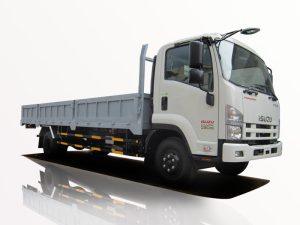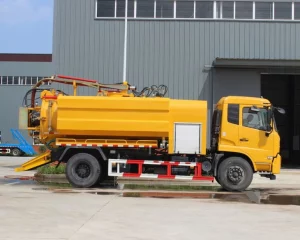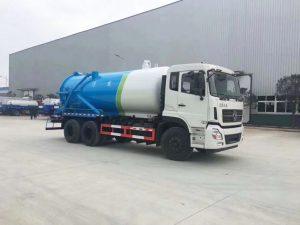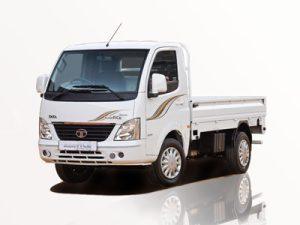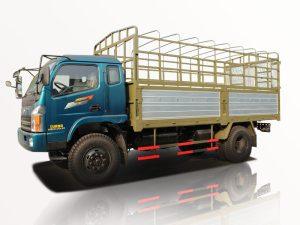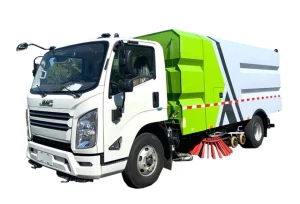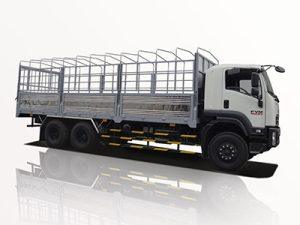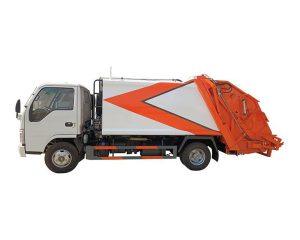Monday to Saturday - 8:00 -17:30
Full Cab vs Crew Cab: Which Is Right for You?
Introduction
When it comes to choosing a pickup truck, understanding the differences between various cab configurations is crucial. Among the most popular options are the full cab (often referred to as a “regular cab”) and the crew cab designs, each offering unique advantages and disadvantages. This article will explore the distinctions between full cabs and crew cabs, helping you make an informed decision based on your needs and preferences. We will cover dimensions, capacity, comfort, practical examples, and frequently asked questions, providing comprehensive insights for potential truck buyers.
What Is a Full Cab?
A full cab, typically known as a regular cab, is designed to seat two to three passengers. It features a single row of seats and often has a more compact design compared to crew cabs. Full cabs are known for their straightforward, functional approach, providing a larger cargo bed, ideal for work-related tasks.
Features of Full Cabs
- Seating Capacity: Generally accommodates 2-3 passengers.
- Truck Bed Space: Typically offers larger bed space, beneficial for transporting large items.
- Compact Dimensions: Easier to maneuver in tight spaces.
- Affordability: Usually, full cabs have a lower price point due to fewer interior features.
When to Choose a Full Cab
If your primary use for a truck includes hauling equipment or towing trailers, a full cab may be the best option. It is an excellent choice for tradespeople who prioritize cargo space over passenger capacity.
What Is a Crew Cab?
A crew cab is designed with a larger interior space that can comfortably seat four to six passengers. It features two rows of seats and often includes additional legroom in the back, making it more suitable for families or individuals who often travel with passengers.
Features of Crew Cabs
- Seating Capacity: Generally seats 4-6 passengers comfortably.
- Enhanced Comfort: More legroom and headroom compared to full cabs.
- Versatility: Ideal for family trips and daily commutes with extra passenger capacity.
- Storage Space: Often includes rear storage bins or under-seat compartments.
When to Choose a Crew Cab
If you need a vehicle that supports both passenger transportation and occasional cargo hauling, a crew cab offers the best of both worlds. This is especially advantageous for families or those who need to transport friends or clients along with supplies.
Dimensions Comparison Between Full Cab and Crew Cab
| Feature | Full Cab | Crew Cab |
|---|---|---|
| Seating Capacity | 2-3 Passengers | 4-6 Passengers |
| Bed Length | Longer (Standard and Long Bed Options) | Shorter (Usually available in Standard Bed) |
| Overall Length | Shorter | Longer |
| Legroom (Front/Rear) | Moderate (Less rear legroom) | More (Significant rear legroom) |
Practical Examples: Choosing Between Full Cab and Crew Cab
Case Study 1: The Contractor
Imagine you are a contractor who often carries tools and materials to various job sites. A full cab could be ideal due to the larger bed space, allowing you to transport significant equipment with ease. The trade-off is seating for only two passengers, which may be sufficient for your needs.
Case Study 2: Family Hauler
On the other hand, if you frequently drive your family or friends, a crew cab would be more apt. With extra seating and comfort, it allows everyone to travel together, making it more suitable for weekend trips or commutes.
Case Study 3: The Adventurer
For those who enjoy outdoor activities and need occasional extra seating, a crew cab might provide ample space for both passengers and gear, striking a balance between cargo and comfort.
Performance and Fuel Efficiency
Performance Metrics
When comparing full cabs to crew cabs, performance tends to be a strong consideration. Full cabs, being lighter and often equipped with smaller engines, can provide better fuel economy. Conversely, crew cabs, due to their heavier weight and larger engines, might be less fuel-efficient but offer superior towing capabilities.
Fuel Efficiency Insights
| Cab Type | Towing Capacity | Average MPG |
|---|---|---|
| Full Cab | Up to 8,000 lbs | 15-22 MPG |
| Crew Cab | Up to 10,000 lbs | 14-20 MPG |
Cost Considerations
Pricing Overview
The cost of trucks varies significantly based on the cab configuration. Full cabs typically come at a lower price point due to fewer features and less complexity in the design.
Cost Comparison Table
| Cab Type | Average Starting Price | Average Top Trim Price |
|---|---|---|
| Full Cab | $25,000 | $45,000 |
| Crew Cab | $30,000 | $55,000 |
Safety Features and Ratings
Safety Ratings Overview
Both full and crew cabs offer a range of safety features, but the crew cab often comes equipped with more advanced technology due to its larger market and consumer demands. This might include features such as lane departure warnings, advanced airbag systems, and blind-spot monitoring.
Choosing Safety Features
Regardless of cab type, always check for the latest safety ratings from organizations such as the IIHS and NHTSA when considering your options.
Conclusion
Choosing between a full cab and a crew cab ultimately comes down to your lifestyle needs and preferences. If you prioritize cargo space and performance for work-related tasks, a full cab might be right for you. Alternatively, if you require more passenger comfort and versatility, a crew cab could be a better fit. Consider your daily needs, budget, and how you intend to use the truck. Make sure to test drive both options to see which feels right for you.
Frequently Asked Questions (FAQs)
1. What is the main difference between full cab and crew cab?
The main difference is the seating capacity. A full cab generally seats 2-3 passengers with a larger cargo bed, while a crew cab seats 4-6 passengers with more spacious interiors but usually has a slightly smaller cargo bed.
2. Are full cabs more fuel-efficient than crew cabs?
Typically, full cabs are more fuel-efficient due to their lighter weight and more compact dimensions. However, fuel efficiency can also depend on the engine size and design.
3. Which truck type is better for families?
A crew cab is considered better for families as it offers more seating capacity and comfort, making it suitable for transporting multiple passengers.
4. Can I tow heavy loads with both full cab and crew cab?
Yes, both configurations can tow heavy loads, but crew cabs often provide a higher towing capacity due to their larger engines and more robust construction.
5. Which option is better for work-related use?
If your work requires carrying tools and materials, a full cab may be better due to its larger cargo space. However, if you often travel with co-workers, a crew cab might provide the versatility you need.
6. What are the costs associated with each cab type?
Full cabs generally start at a lower price point compared to crew cabs, which are often equipped with more features and higher-end technology. Prices can vary widely based on the truck’s make, model, and additional features.


